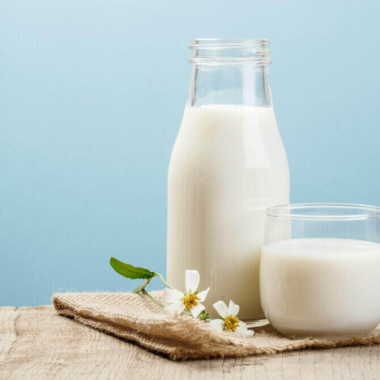Why Do We Pasteurize Milk:
Raw milk in general has the possibility of containing a whole host of bacteria. These bacteria are inherent to the livestock and milking process and are present even in very sanitary environments. As such, the primary objective of pasteurization is food safety – to ensure that public health is up kept through disease control and prevention. As dairy products are very widely consumed throughout the world, the pasteurization process is critical to this effort. Also in line with maintaining public health, pasteurization helps to extend the shelf life of the milk. With proper temperature control and storage, an unopened carton of pasteurized milk will have significant shelf-life advantages over unpasteurized milk.
Is Pasteurized Milk the Same as UHT Milk:
The short answer is no. – Although pasteurized milk and UHT milk both go through heat treatment processes that allow them to be safe for consumption, the UHT process is more intensive than the pasteurization process. For UHT Milk, the objective is to create a product that is safe for consumption under ambient storage conditions for a long period of time. However, for pasteurized milk, the end goal is to have a product that is safe for consumption under chilled storage conditions for a shorter period of time. Because of the difference in intensity of the heat treatment process used, pasteurized milk and UHT milk will present slightly differently in terms of color, taste, and texture. One is not better than the other, and each has its key uses in the food industry. However, pasteurized milk is generally regarded to be richer and creamier, while UHT milk is considered to be much more shelf-stable.




